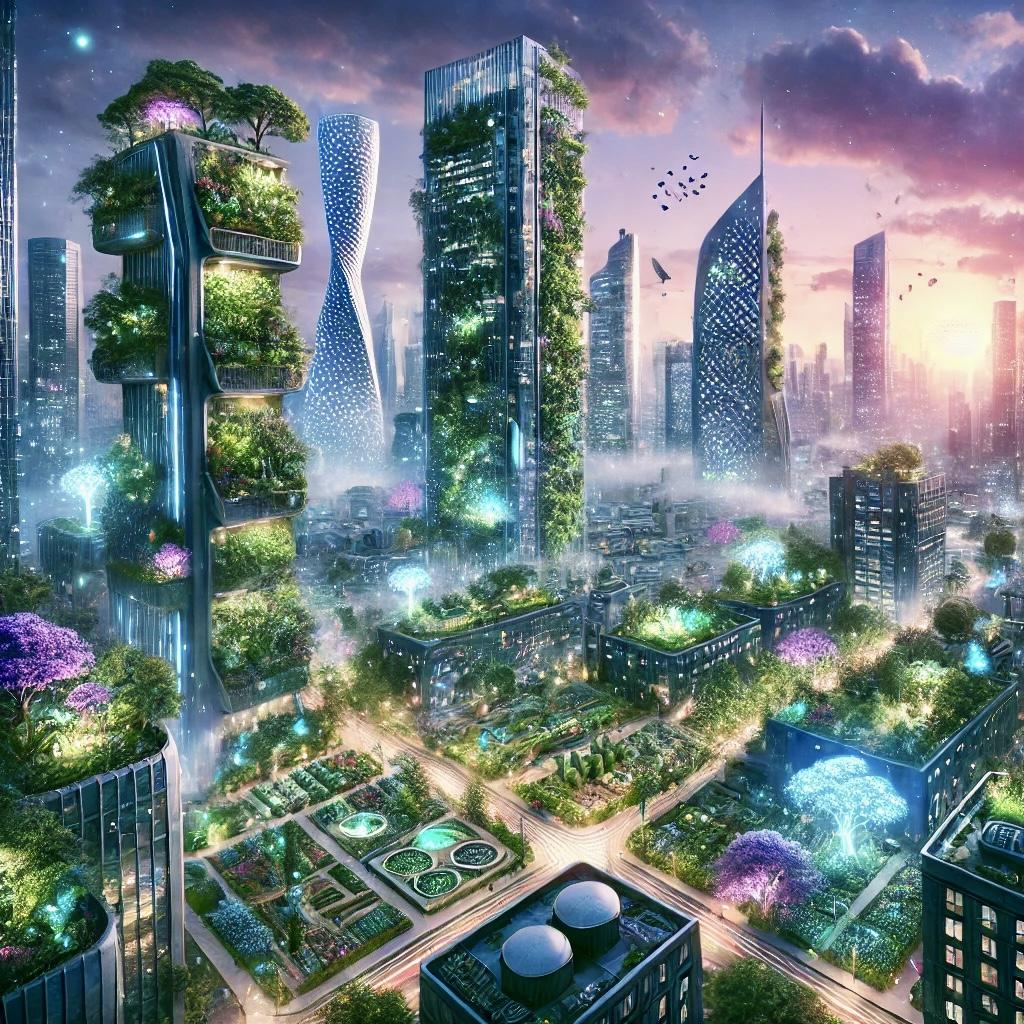
Christopher Alexander's influential works, A Pattern Language and The Timeless Way of Building, have transformed our understanding of architectural design and urban planning. These concepts provide essential insights for Austin’s ReLeaf initiative, which seeks to integrate urban spaces with nature, shaping a model green city.
In A Pattern Language, Alexander and his co-authors present a flexible, comprehensive design system made up of 253 patterns. Each pattern identifies a recurring issue in our built environment and offers a solution. Rather than prescribing a single, correct approach to designing buildings or cities, this framework provides a “language” to articulate human needs and respond to them within the urban landscape.
ReLeaf can benefit from adopting a similar “language,” one that reflects the city’s need for accessible, resilient, and community-driven green spaces. ReLeaf’s patterns might include green walls in urban areas, community gardens in neighborhoods, and educational programs focused on sustainable living. These elements could form the vocabulary needed to transform Austin into a greener city.
Alexander’s second book, The Timeless Way of Building, complements A Pattern Language by exploring the philosophy behind the patterns. It emphasizes the importance of organic, incremental development that adapts to local community needs. This philosophy is critical for ReLeaf’s vision of transforming Austin into a model green city. The transition should be gradual and natural, evolving in harmony with the city’s unique character and its residents.
A key principle in Alexander’s work is participatory planning, where the community plays a central role in shaping its environment. This idea aligns closely with ReLeaf’s objectives. By involving residents in creating and maintaining vertical gardens and other green spaces, ReLeaf not only enhances Austin’s urban landscape but also fosters a deep sense of ownership and connection within the community.
Both A Pattern Language and The Timeless Way of Building inspire us to design environments that align with our human instincts and promote community bonds. As Austin embarks on the ReLeaf initiative, these principles provide a valuable guide. They help us envision a future where nature and architecture coexist seamlessly—where every wall and fence serves as a canvas for green innovations, and every citizen becomes a co-creator in the transformation of Austin into a model green city.